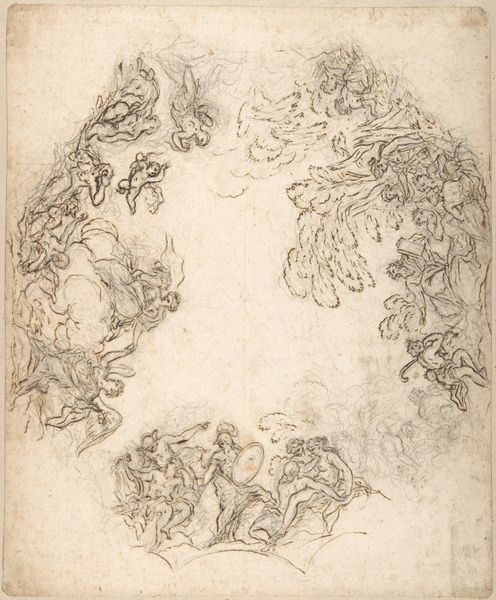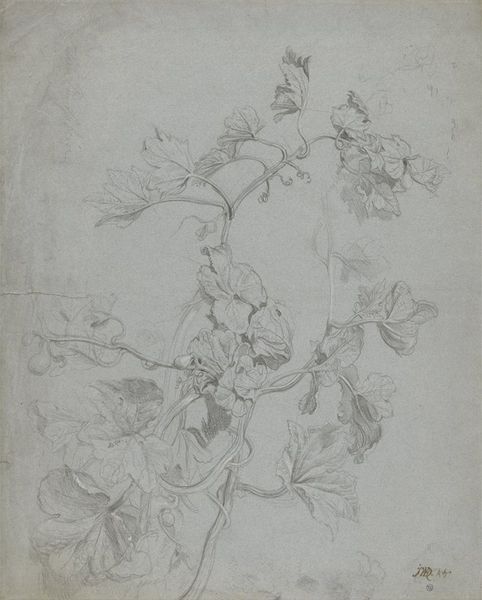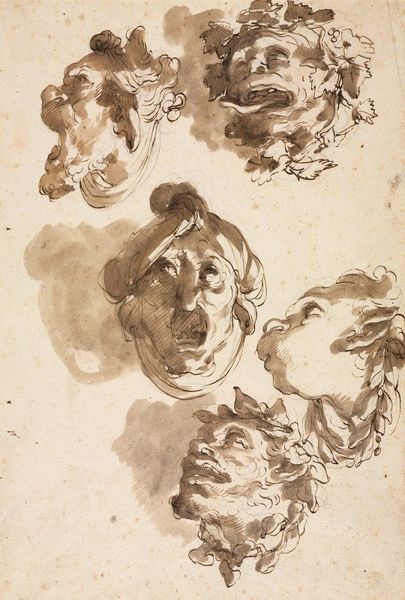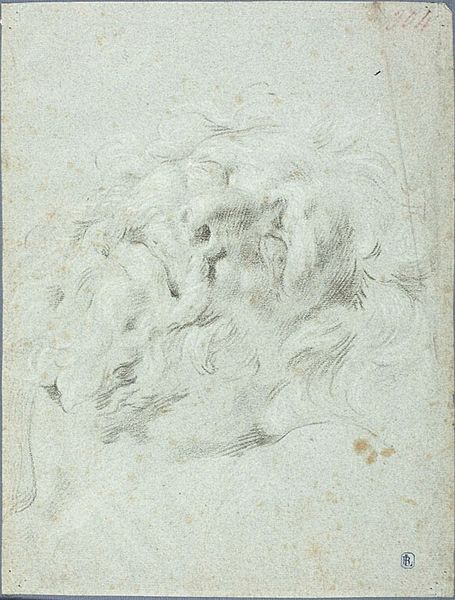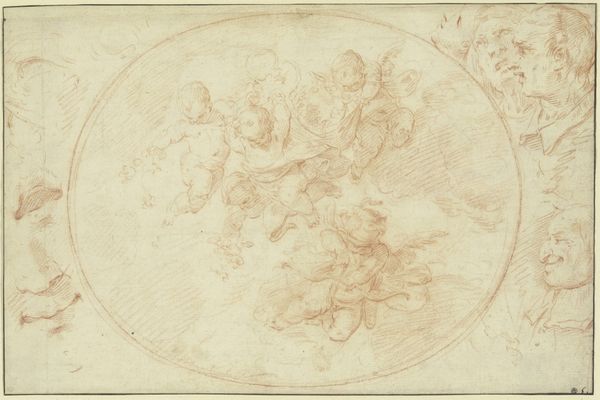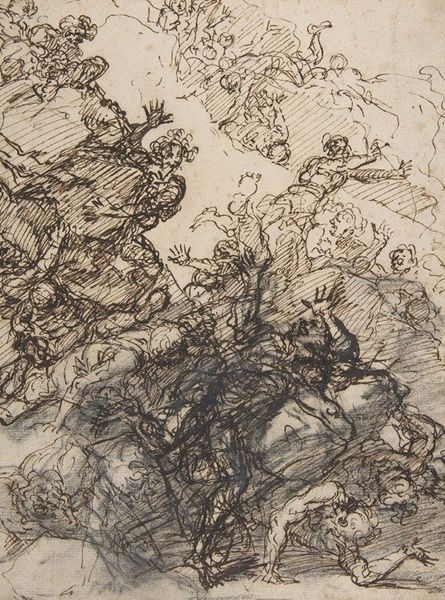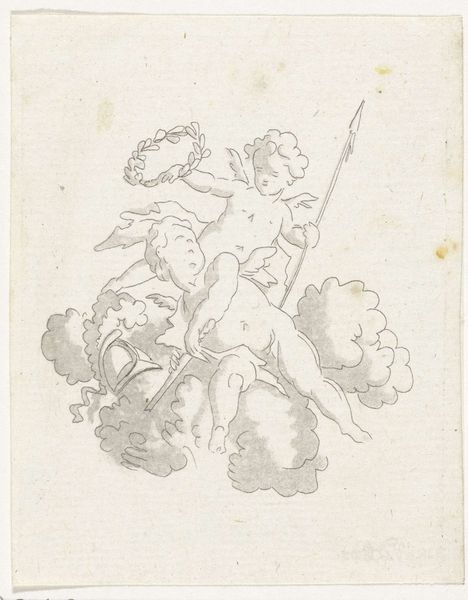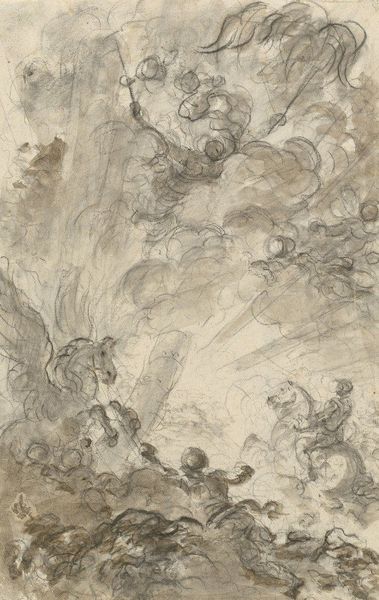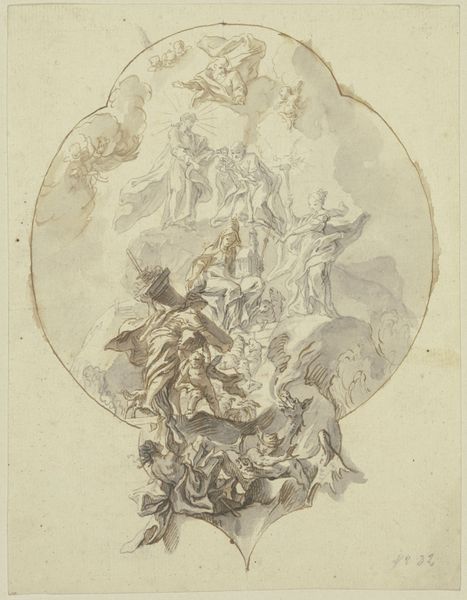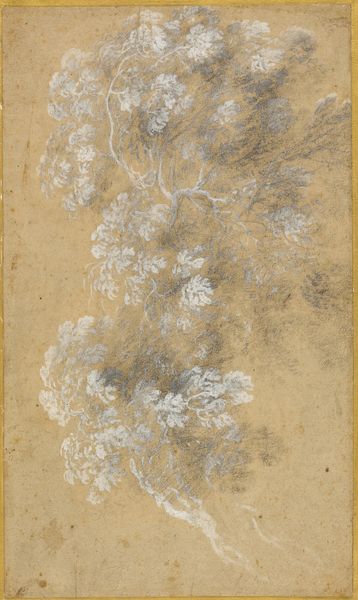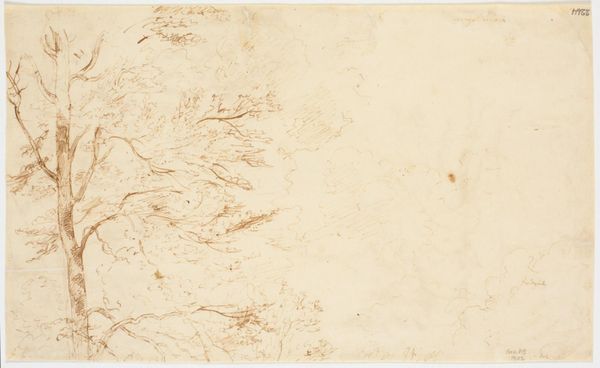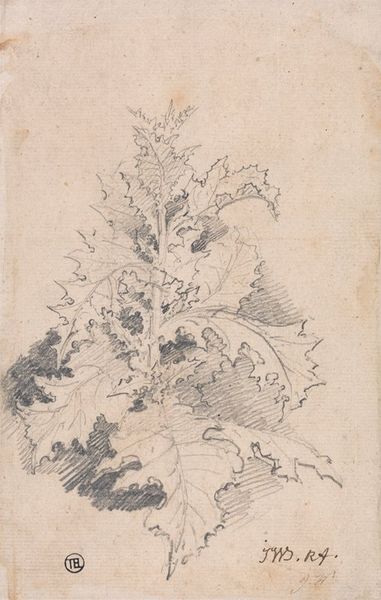
drawing, ink, pen
#
drawing
#
allegory
#
baroque
#
ink painting
#
etching
#
figuration
#
ink
#
pen work
#
pen
Copyright: Public Domain: Artvee
Editor: Immediately, I see the upward thrust—the dynamism created by the layering of figures and clouds is quite powerful, almost dizzying. Curator: Indeed. What we're viewing is a sketch attributed to Francesco Solimena, an Italian artist active roughly between 1657 and 1747. It’s titled "Group of Allegorical Figures; Sketch for a Ceiling Decoration," and it employs ink and pen to visualize an ascending tableau. What implications might we draw from Solimena's rendering of an ascending "Group of Allegorical Figures" through the choice of pen and ink, especially within the historical context of Baroque art's grandiose aspirations and ideological underpinnings? Editor: The medium itself speaks to the intention. Pen and ink allow for precise lines and intricate detail, crucial for mapping out the complex composition before committing to a larger, perhaps painted, work. Note how the figures interact—a delicate balance of weight and gesture guides our eye upwards. It’s pure dynamism rendered with careful deliberation. Curator: And I think the deliberate act of sketching underscores its allegorical significance. We can analyze the social context: these weren't merely figures floating in a void. They carried specific meanings tied to power, religion, and morality of the time. This sketch, in essence, acts as a roadmap to understanding the ceiling it aimed to adorn. What political narratives were at play? Which specific figures, and their assigned virtues, would serve the patron's agenda? Editor: Interesting point, but also, consider the artistic challenge of representing such abstract concepts in a visually compelling way. Solimena uses chiaroscuro to add depth and volume to what is otherwise a linear design. Curator: Absolutely, it's a negotiation, and even a contradiction. He has to make abstract, powerful notions visible and accessible. Also, it becomes essential to consider the sketch’s place within Solimena’s broader body of work. How does this drawing reflect, reinforce, or challenge the dominant artistic conventions and societal norms that informed his work and the function of the setting it was created for? Editor: Ultimately, this sketch offers us an opportunity to appreciate the Baroque aesthetic in its rawest form: a confluence of skill, planning, and boundless imagination. Curator: Precisely, it also shows us how art served as a crucial means of transmitting ideas, reinforcing power structures, and visualizing the cultural values of a specific historical context.
Comments
No comments
Be the first to comment and join the conversation on the ultimate creative platform.
